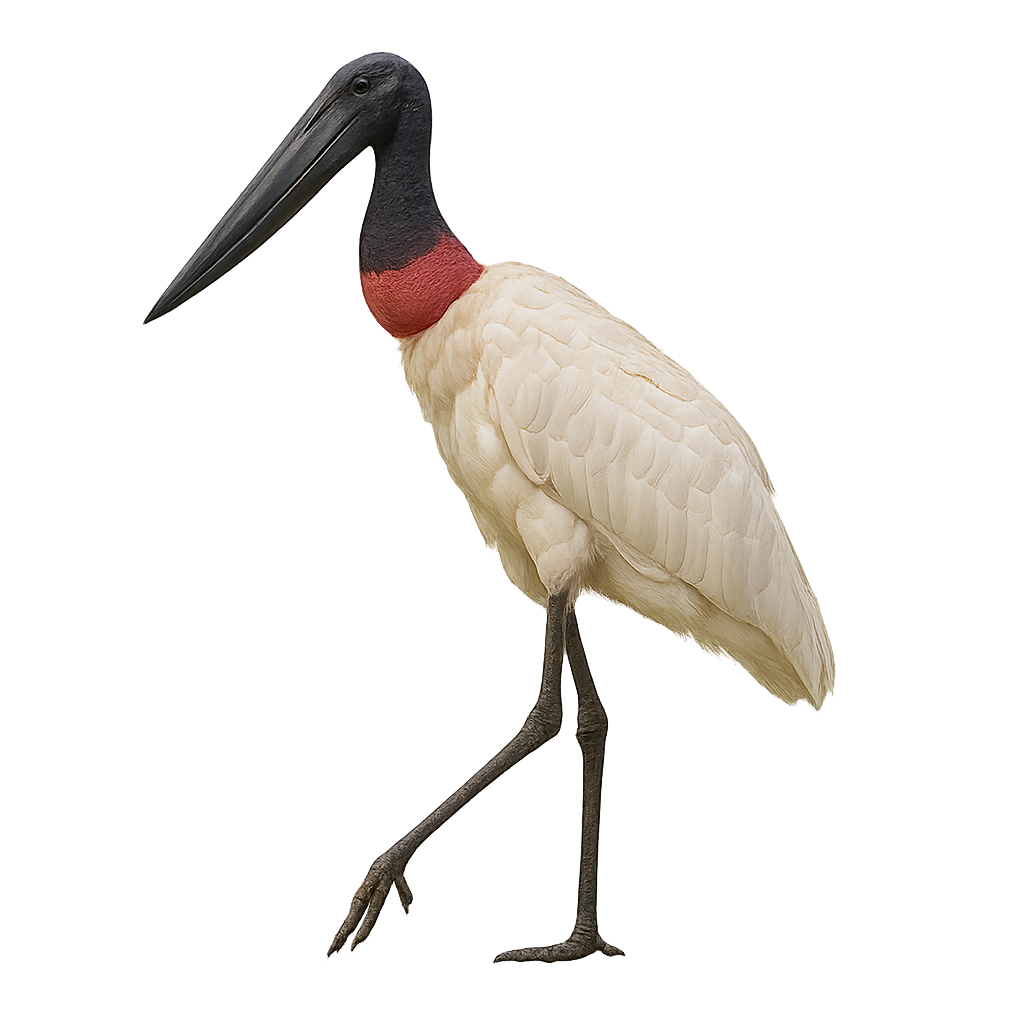Your wildlife photography guide.
Explore the jabiru in detail, study its behavior, prepare your shots.
Where to observe and photograph the jabiru in the wild
Learn where and when to spot the jabiru in the wild, how to identify the species based on distinctive features, and what natural environments it inhabits. The WildlifePhotographer app offers tailored photography tips that reflect the jabiru’s behavior, helping you capture better wildlife images. Explore the full species profile for key information including description, habitat, active periods, and approach techniques.
Jabiru
Scientific name: Jabiru mycteria

IUCN Status: Least Concern
Family: CICONIIDAE
Group: Birds
Sensitivity to human approach: Suspicious
Minimum approach distance: 20 m
Courtship display: May to July
Incubation: 29-31 jours
Hatchings: June to August
Habitat:
Wetlands, marshes, rivers
Activity period :
Primarily active during the day, with peak activity in the morning and late afternoon.
Identification and description:
The Jabiru is a large stork species, easily identifiable by its striking white plumage and distinctive black neck. It is the largest member of the stork family in the Americas, reaching a height of 1.4 meters with an impressive wingspan of 2.6 meters. Its massive black bill is perfectly adapted for catching fish, its primary food source. It is mainly found in the wetlands of Central and South America, where it plays a crucial role in the ecosystem by regulating fish populations and other small aquatic animals. Despite its imposing size, the Jabiru is a rather discreet bird, often seen alone or in small groups.
Recommended lens:
400 mm – adjust based on distance, desired framing (portrait or habitat), and approach conditions.
Photography tips:
To photograph the Jabiru, it is advisable to use a telephoto lens of at least 400mm to capture detailed images without disturbing the bird. The best opportunities often arise early in the morning or late in the afternoon when the light is soft and the bird is active. Look for wetlands where the Jabiru is known to feed. Maintain a safe distance of at least 20 meters to avoid scaring it away. Be patient and wait for the bird to naturally approach your position.
The WildlifePhotographer App is coming soon!
Be the first to explore the best nature spots, track rutting seasons, log your observations, and observe more wildlife.
Already 1 430 wildlife lovers subscribed worldwide

